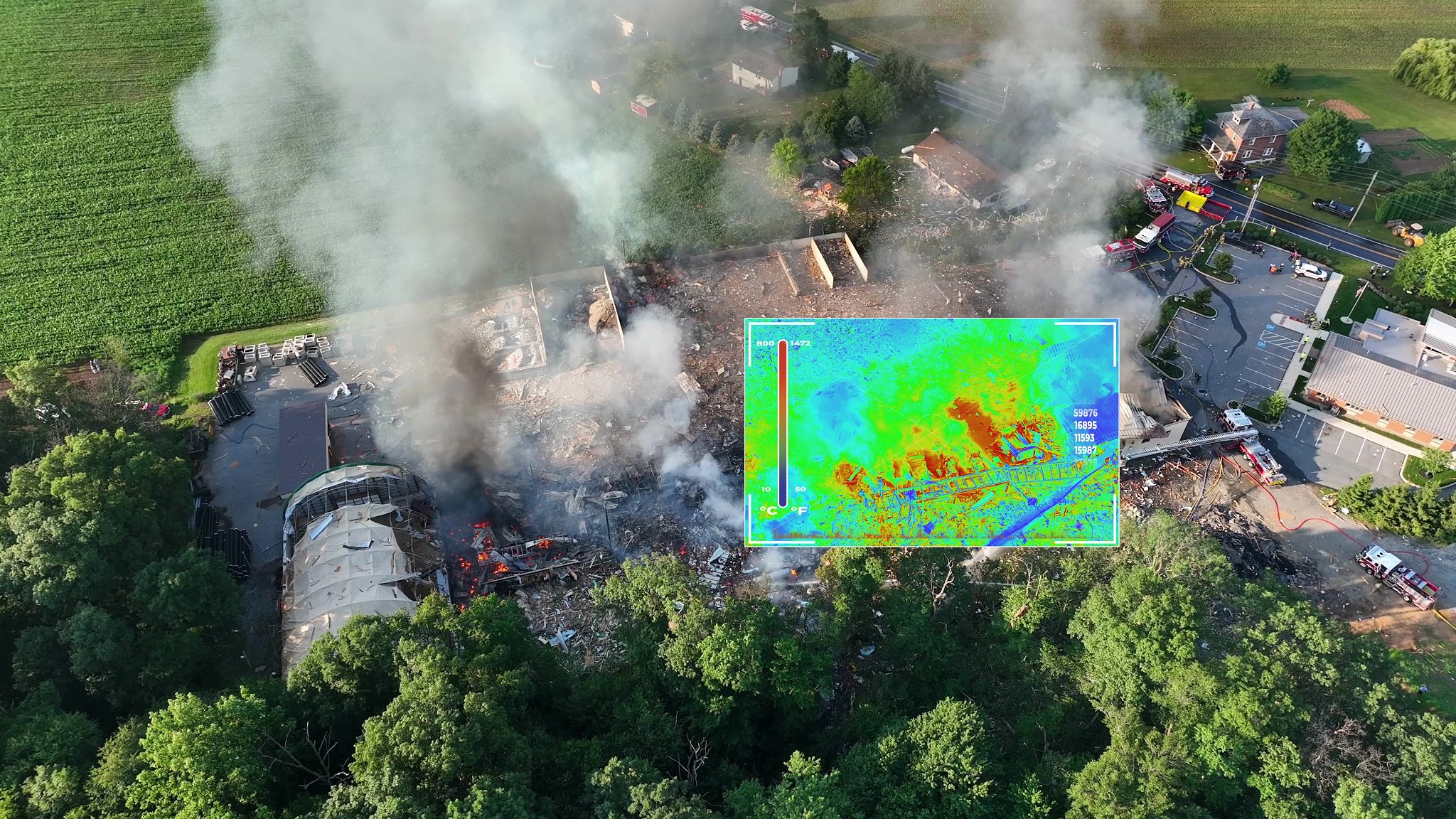Understanding Solar Panel Thermal Analysis: How Drones Enhance Efficiency
Introduction to Solar Panel Thermal Analysis
Solar energy is rapidly becoming a cornerstone of sustainable energy solutions worldwide. As solar technology advances, optimizing the efficiency of solar panels remains a top priority. One crucial aspect of maximizing solar panel performance is understanding and managing their thermal characteristics. This is where thermal analysis comes into play, offering insights into how temperature variations affect energy output.

The Role of Temperature in Solar Panel Efficiency
Temperature fluctuations can significantly impact the efficiency of solar panels. Higher temperatures often lead to a decrease in energy output, as photovoltaic cells become less efficient under excessive heat. By conducting thermal analysis, we can identify areas of concern where heat accumulation might be affecting performance. This information is vital for improving design and installation strategies.
Solar panels are typically tested under standard conditions, but real-world environments can vary drastically. Understanding these variations helps in designing systems that can withstand and perform optimally under diverse weather conditions.
Traditional Methods of Thermal Analysis
Traditionally, thermal analysis of solar panels has been conducted using infrared cameras and manual inspections. While effective, these methods can be time-consuming and labor-intensive. Inspectors must physically access each panel, which is not always feasible or safe, especially in large-scale installations.

How Drones Revolutionize Thermal Analysis
Enter drones – a technology that has transformed numerous industries, including renewable energy. Drones equipped with thermal cameras offer a more efficient, safer, and comprehensive approach to solar panel thermal analysis. These unmanned aerial vehicles can quickly scan large solar farms, capturing detailed thermal images that pinpoint hot spots and anomalies.
The ability of drones to fly over installations means that inspectors no longer need to physically access each panel. This not only reduces the risk of accidents but also allows for faster data collection. The data gathered can be analyzed in real-time or stored for future reference, making it a versatile tool for ongoing maintenance.
Benefits of Drone-Assisted Thermal Analysis
The integration of drones into thermal analysis processes brings several benefits:
- Efficiency: Drones significantly cut down the time required to inspect large installations.
- Accuracy: High-resolution thermal imaging provides precise data for identifying problem areas.
- Safety: Reduces the need for personnel to access difficult-to-reach locations.
- Cost-Effectiveness: Minimizes the labor and equipment costs associated with manual inspections.

Implementing Drone Technology in Solar Farms
Integrating drones into solar farms involves selecting the right drone model equipped with thermal imaging cameras. Operators need to be trained in both drone piloting and data interpretation to maximize the benefits of this technology. Additionally, regulatory compliance must be adhered to, ensuring that drone operations are conducted legally and safely.
The data collected from drone flights can be used to create detailed reports on solar panel performance. These reports help in making informed decisions about maintenance schedules and system upgrades, ultimately enhancing the overall efficiency and lifespan of solar installations.
The Future of Solar Panel Maintenance
As technology continues to advance, we can expect further innovations in drone capabilities and thermal imaging technologies. The combination of artificial intelligence and machine learning with drone technology promises even greater precision in identifying potential issues before they become significant problems.
The ongoing development in this field suggests that drone-assisted thermal analysis will soon become a standard practice in the renewable energy sector. By staying ahead of these trends, industry professionals can ensure that their solar installations remain highly efficient and reliable.